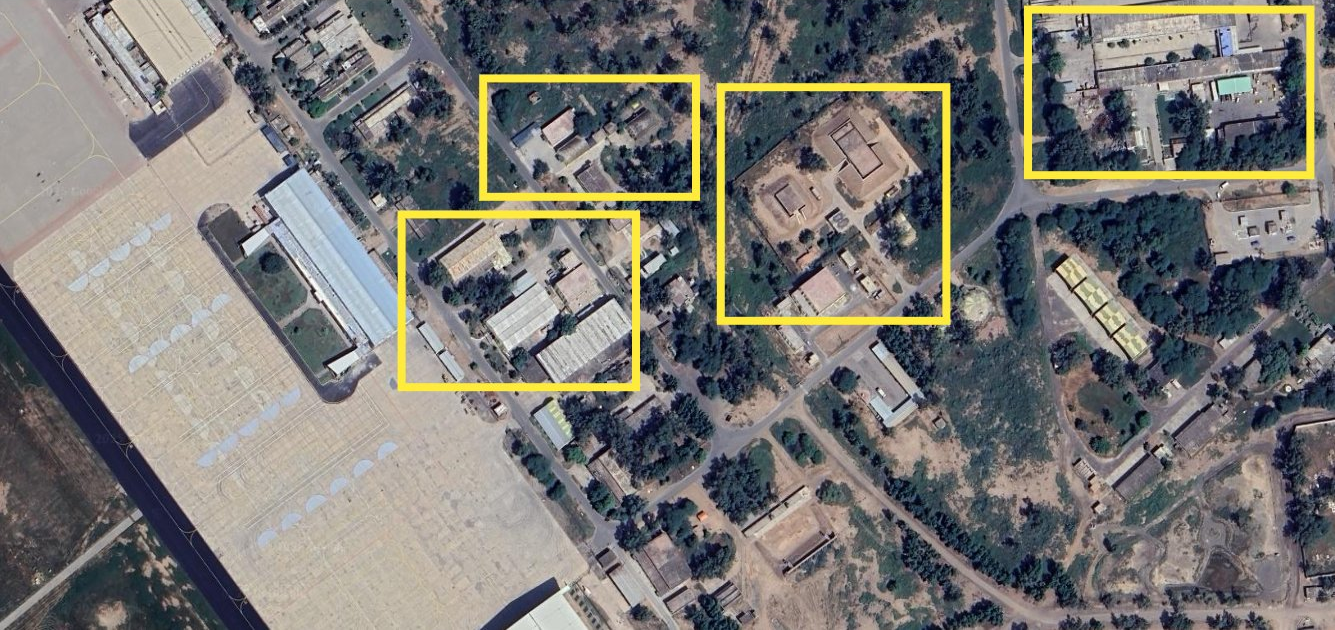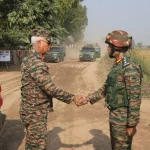The terrorist attack in Pahalgam on April 22, 2025, marked one of the bloodiest incidents in Jammu and Kashmir in recent years. With 26 civilians—most of them Hindu tourists—losing their lives, the outrage was palpable across India. It was not just another statistic in the long list of terror attacks allegedly backed by Pakistan-based groups. It became the final straw. Intelligence agencies traced the attack to Lashkar-e-Taiba (LeT), a proscribed terrorist outfit that has, for decades, found safe haven across the border. What followed was India’s boldest counter-offensive in recent military history—Operation Sindoor.
Also Read: Kirana Hills 2.0? : Did India Hit Underground Facility of Murid Air Base?
Operation Sindoor was not a symbolic response. It was a sweeping military campaign aimed at decapitating the terror infrastructure deeply embedded within Pakistan’s borders. Over the course of the operation, India struck multiple high-value targets, including multiple airbases, several militant hideouts, and weapons storage sites. These strikes reportedly resulted in the deaths of numerous Pakistani military personnel and over hundred of terrorists, along with the destruction of critical equipment.
Among the most significant and potentially world-altering elements of Operation Sindoor, however, is the unconfirmed but widely circulated claim that India targeted and possibly destroyed Pakistan’s nuclear arsenal housed near the Kirana Hills, close to the Mushaf (previously Mushraf) Airbase in Sargodha and at the Nur Khan Airbase in Islamabad.
The Strategic Significance of Kirana Hills As Nuclear Site
The Kirana Hills hold historical and strategic significance for Pakistan. It was at this very location that Pakistan is believed to have conducted its first subcritical nuclear tests in the early 1980s—codenamed Kirana-I. The hills have long been rumored to contain underground bunkers and storage facilities where nuclear warheads and related equipment are kept. Given the importance of these hills to Pakistan’s nuclear doctrine, any attack on the site would not just be a tactical victory—it would be a strategic earthquake.
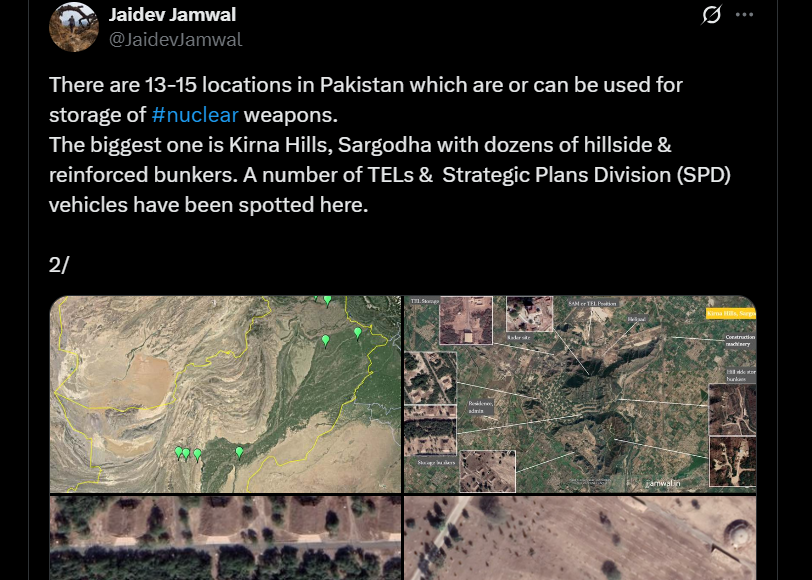
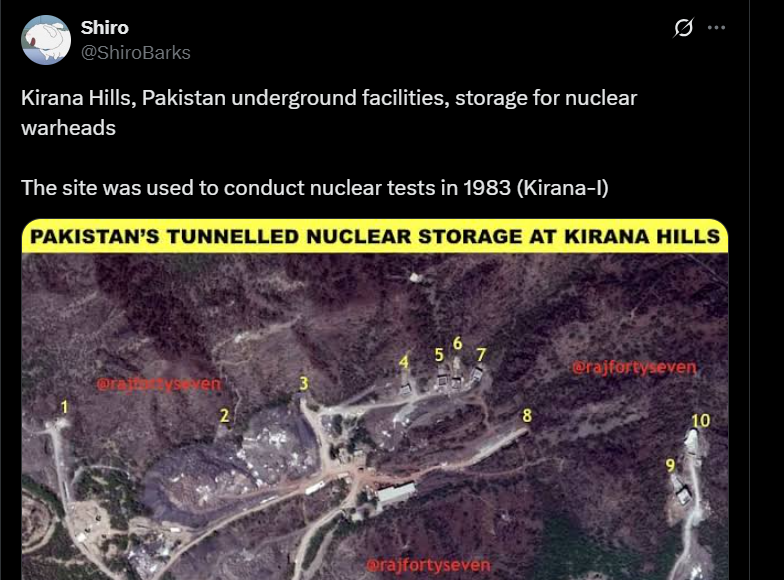
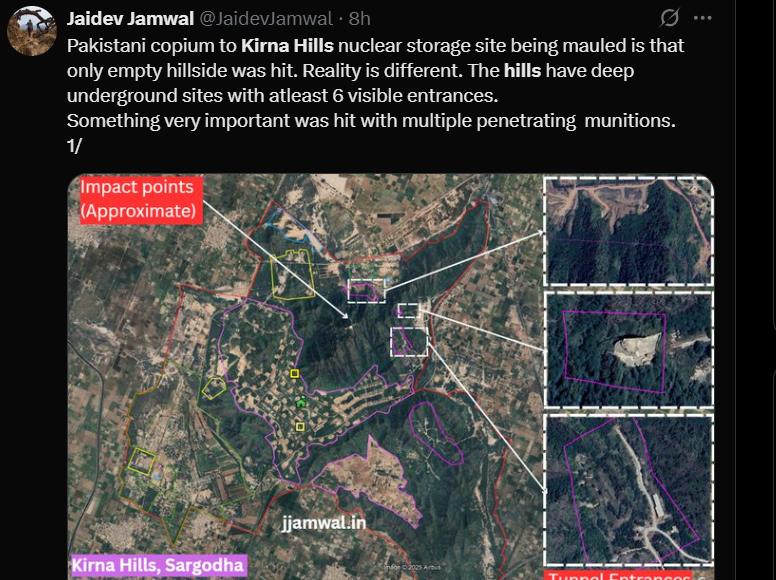
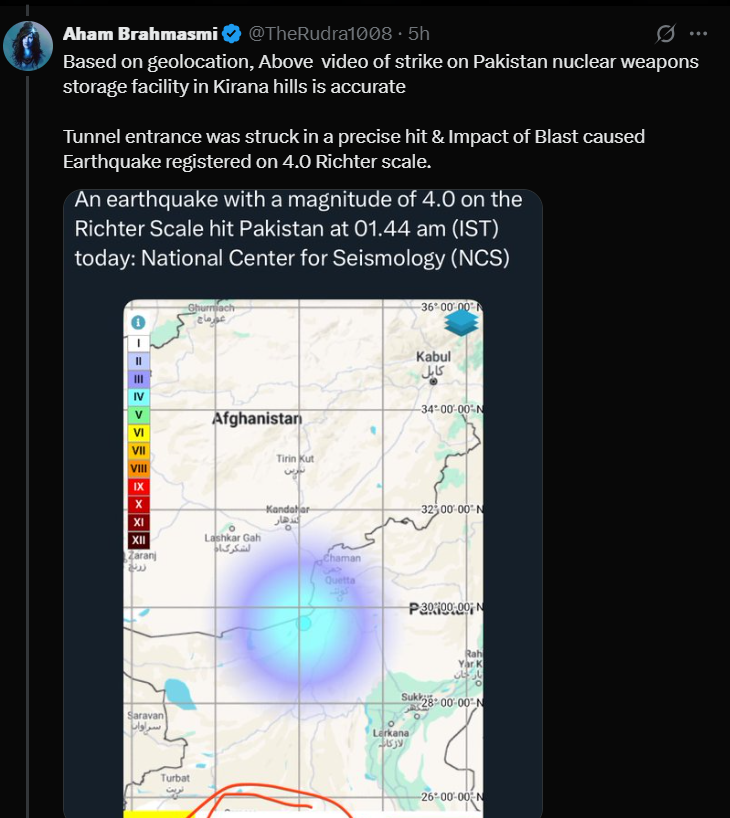
Recent satellite imagery, video leaks from local Pakistani civilians, and intercepted military communications suggest that India may have launched precision strikes on the Kirana Hills region, causing considerable damage. While the Indian government has maintained strategic ambiguity, refraining from confirming or denying the strike, Pakistan’s visibly shaken response paints a telling picture.
Significance of Nur Khan As Nuclear Site
Nur Khan Air Base, located near Islamabad in Chaklala, is a critical component of Pakistan’s military infrastructure, serving not only as an air mobility hub but also as a pivotal site in the country’s nuclear command-and-control system. Its proximity to the headquarters of the Strategic Plans Division (SPD), the body responsible for Pakistan’s nuclear arsenal, amplifies its significance in the nuclear deterrence framework. The base plays an essential role in ensuring secure communication between the nation’s nuclear decision-makers and delivery systems, integrated within the National Command Authority (NCA) network.
It is equipped with advanced systems, such as the Saab 2000 Erieye, enhancing early threat detection and command responsiveness. Additionally, Nur Khan houses key strategic air assets like the C-130 Hercules and IL-78 aerial refuelers, which are vital for the nuclear triad and long-range operations. As the principal air mobility center, it facilitates the movement of high-ranking military and government officials, ensuring the rapid relocation or coordination of leadership during times of crisis. Given its centrality to nuclear decision-making, the base is a prime target in any conflict, where an attack on it would undermine Pakistan’s nuclear readiness and strategic stability.

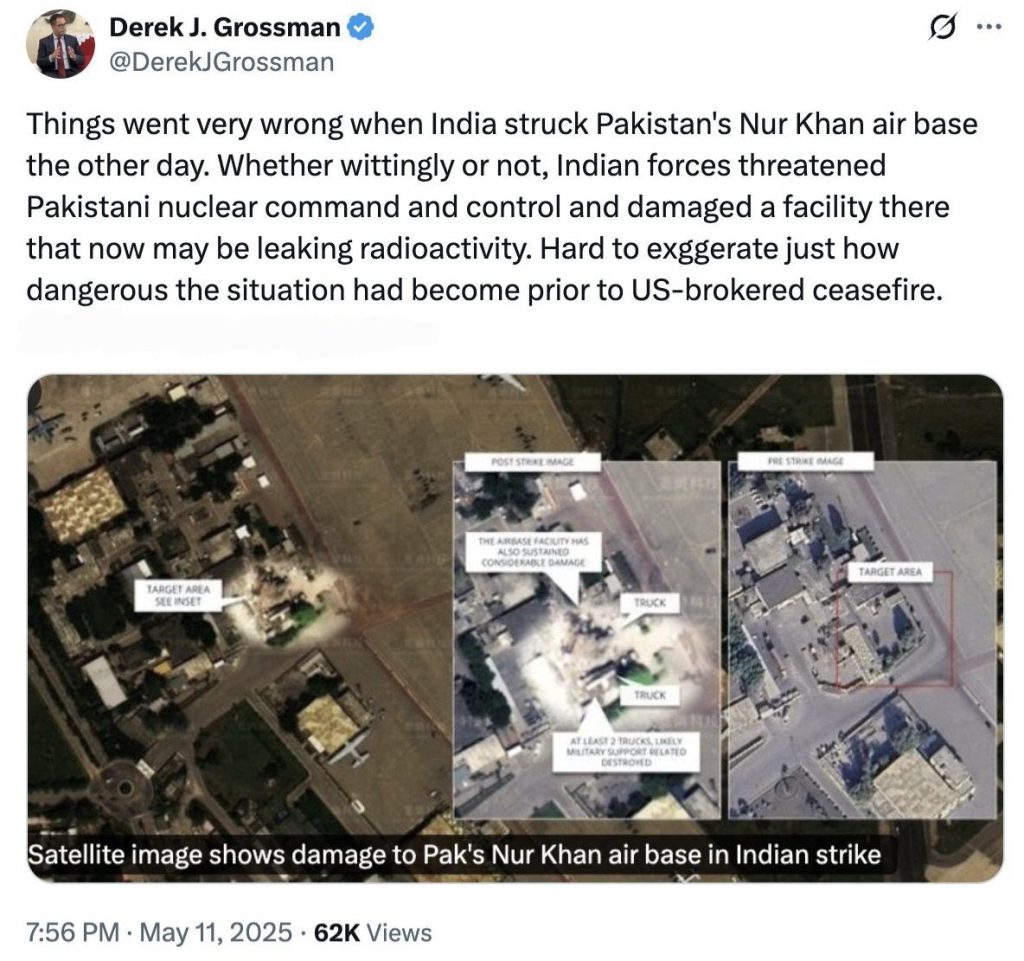
Pakistan’s Silence and Stammering Diplomacy
Following the retaliation on May 10, there has been a notable shift in Pakistan’s posture. The usual fiery rhetoric was replaced with quiet diplomacy, backed by the urgent involvement of the United States, which brokered a temporary cessation of hostilities between the two nuclear-armed neighbours.
Prime Minister Shehbaz Sharif, in his national address, offered denials laced with vague references to national sovereignty and territorial integrity. For a country known for showcasing its nuclear arsenal as a deterrent, the deafening silence over potential damage to its most critical nuclear facilities is, in itself, revealing.
India’s Official Response on Kirana Hills
Also Read: Air Marshal AK Bharti Gives Clarification on Attack of Kirana Hills Nuclear Facilities
In a recent present conference of DGMOs on May 12, addressing the media, Air Marshal A.K. Bharti explained that the operation was carefully calibrated to strike only terror-linked facilities, ensuring that no Pakistani military or nuclear installations were targeted. When pressed on the potential risk of escalation, Bharti remarked, “Thank you for telling us that Kirana Hills houses some nuclear installation, we did not know about it. We have not hit Kirana Hills, whatever is there. “ His response highlighted India’s deliberate effort to avoid any misinterpretation or targeting of sensitive Pakistani infrastructure.
It still remains uncertain, given the proves that have already circulated in the media that India has not striked Kirana Hills.
A Game-Changer in South Asia?
If reports are indeed accurate, and India has neutralized Pakistan’s nuclear capabilities, it would mark an unprecedented shift in the regional balance of power. It would signal not just military superiority, but intelligence dominance and technological precision. It would also drastically alter the deterrence equation that has kept full-scale war at bay since both nations became nuclear powers.
The strike, if true, also represents a watershed moment in India’s counter-terror doctrine. For decades, India has shown restraint despite repeated provocations. Surgical strikes, airstrikes, and border skirmishes have had limited success in stopping terror activities. A move as bold as targeting a nuclear site sends a clear message—not just to Pakistan, but to any state that dares to use terror as an instrument of foreign policy.
The Risks and Global Implications
There is no doubt that attacking a nuclear site—even one used as a storage facility—carries enormous risks. Any miscalculation could have triggered a catastrophic fallout, both diplomatically and environmentally. The fact that India was willing to consider such a high-stakes action (if indeed it did) indicates how intolerable the status quo had become.
The international community—especially countries like China, Russia, and the United States—will now have to recalibrate their equations with both nations. For the U.S., this incident reaffirms India’s emergence as a resolute power willing to go beyond traditional diplomatic channels to protect its citizens and interests.
The Future of Deterrence
With Pakistan reeling from the losses and under pressure to de-escalate, there may be a rare window of opportunity for real talks. The mutual ceasefire agreement brokered with U.S. assistance offers a short-term pause, but lasting peace will require Pakistan to dismantle its terror infrastructure, stop using proxies, and acknowledge the cost of escalation.
India, on the other hand, has showcased a new strategic doctrine—one that is assertive, unambiguous, and capable of targeting even the most “untouchable” assets of its adversaries.
A Message to the World
Whether or not India destroyed Pakistan’s nuclear arsenal, the psychological impact of the strikes—real or perceived—is already being felt. India’s Operation Sindoor was not just a retaliation. It was a strategic communication, a line drawn in fire, stating that terrorism will no longer be tolerated, and that those who shelter it will not be spared, no matter how deeply buried behind layers of military and nuclear deterrence.
In the new geopolitical reality of South Asia, ambiguity may be India’s greatest weapon, and silence may be Pakistan’s loudest confession.

